Project • Modern high performance computing (HPC) nodes have diverse and heterogeneous types of cores and memory. For applications and domain-specific libraries/languages to scale, port, and perform well on these next generation architectures, their on-node algorithms must be re-engineered for thread scalability and performance portability. The Kokkos programming model and its C++...
Search
Kokkos User Group Meeting
News Article, February 1, 2019 • The Kokkos team is announcing the first Kokkos User Group Meeting to be held in Albuquerque New Mexico, USA April 23rd through 25th. The meeting will give the growing Kokkos community a chance to present progress in adopting Kokkos, exchange experiences, discuss challenges and help set priorities for the future roadmap...
Kurt Brian Ferreira
Staff Page • Scalable System Software. Biography Principal Member of Technical Staff My area of expertise is system software and resilience/fault-tolerance methods for large-scale, massively parallel, distributed-memory, scientific computing systems. I have designed and developed a number of innovative, high-performance, and resilient implementations of low-level system software for several HPC platforms including the Cray...

Kurt Ferreira Receives IEEE Early Career Award
News Article, September 1, 2015 • Kurt Ferreira has been selected to receive the 2015 IEEE Technical Committee on Scalable Computing Award for Excellence for Early Career Researchers. The award will be presented during the Award Ceremony at the IEEE/ACM International Conference on High Performance Computing, Networking, Storage, and Analysis (SC'15) in Austin, Texas, in November....

Laura Painton Swiler
Staff Page • Computing Research. Biography Laura has worked at Sandia since 1995. She is currently a senior scientist in the Center for Computing Research. Laura's research interests include uncertainty quantification for computational models, calibration of model parameters, sensitivity analysis, and model selection. Laura is a developer on the Dakota team: she develops...
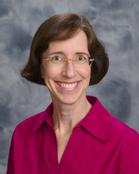
Least-squares methods for geosciences
Award, July 14, 2010 • Invited Talk, Special Session on Advances in Computational Modeling in the Geosciences. SIAM Annual Meeting
Least-squares methods for PDEs: a fair and balanced perspective
Award, November 20, 2010 • Invited Talk, Institute of Mathematics and its Applications, University of Minnesota. Tutorial given at the IMA workshop on "Numerical solution of PDEs: novel discretization techniques"
Lekha Patel
Staff Page • Scientific Machine Learning. Biography I am a mathematician and computational statistician whose research interests broadly lie in the fields of statistical computing, statistical learning of partially-observed stochastic processes, stochastic PDEs for uncertainty quantification and Bayesian nonparametrics. Other areas of interest include spatial-temporal statistical modeling, extreme value analysis and Bayesian variable...
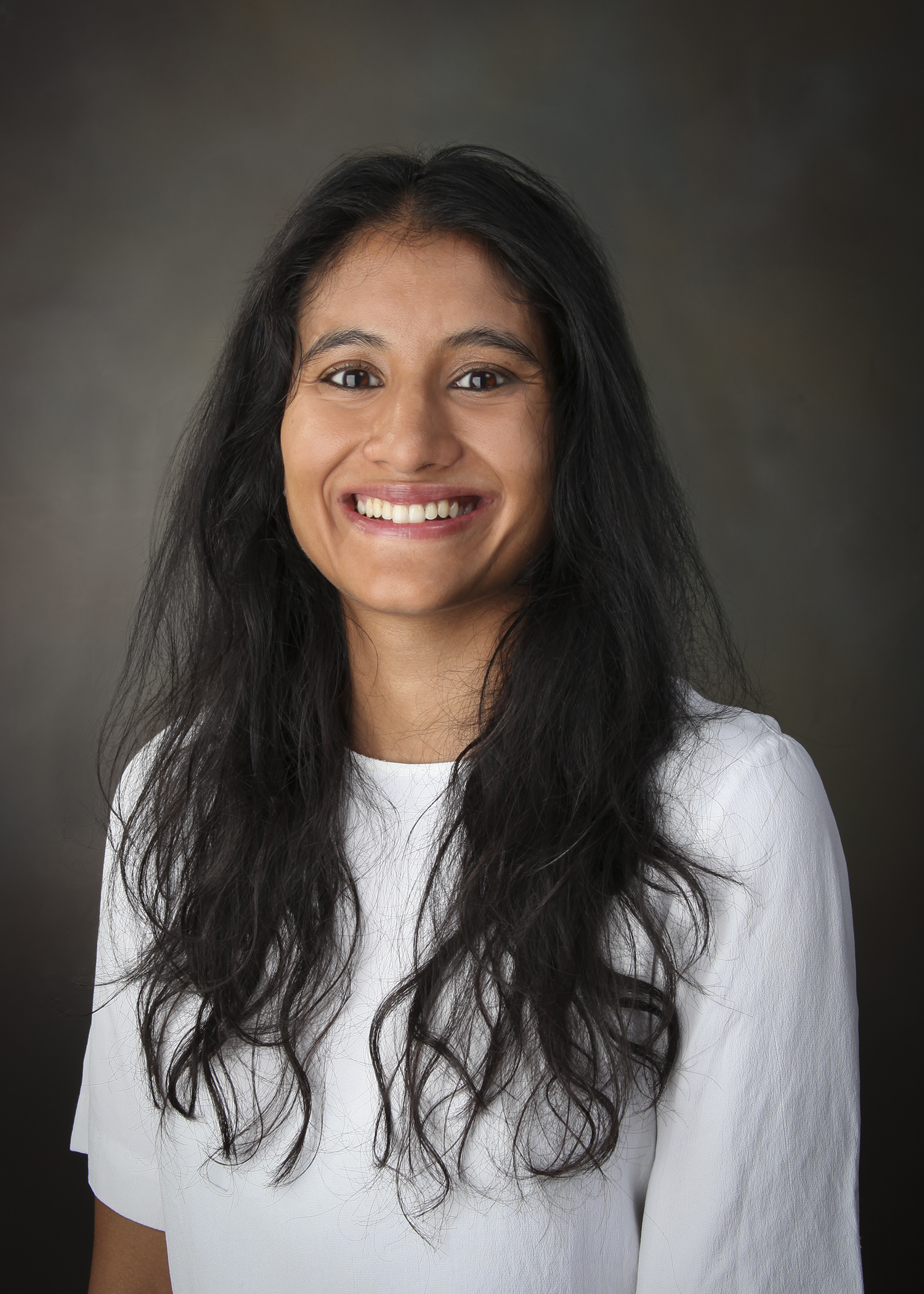
Luca Bertagna
Staff Page • Computational Science. Biography I'm interested in numerical methods for PDEs, and their efficient implementation on current and future HPC architectures. My background is in applied mathematics, including PDEs, functional analysis, numerical analysis, and HPC. I am also interested in modern software design and testing, with the goal to enhance code...
Machine Intelligence and Vis
Department •
Machine Learning Enables Large-Scale Quantum Electron Density Calculations
News Article, January 1, 2022 • Researchers at Sandia National Laboratories have developed a method for making previously impossible quantum chemistry calculations possible by using machine learning. A long standing problem in the quest to accurately simulate large molecular systems, like proteins or DNA, is the inability to perform accurate quantum chemistry calculations on these large...
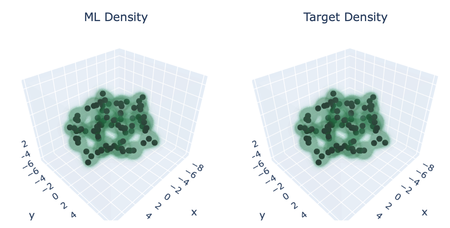
Machine Learning for Xyce Circuit Simulation
News Article, June 1, 2021 • The Advanced Simulation and Computing (ASC) initiative to maximize near and long-term Artificial Intelligence (AI) and Machine Learning (ML) technologies on Sandia’s Nuclear Deterrence (ND) program funded a project focused on producing physics-aware machine learned compact device models suited for use in production circuit simulators such as Xyce. While the...
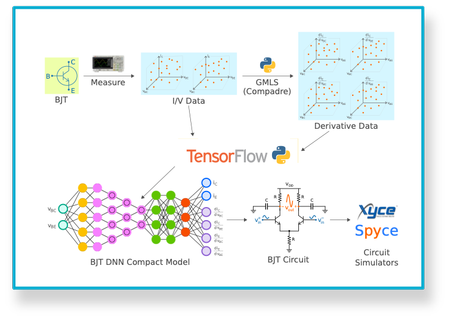
Machine-Learned Interatomic Potentials Are Now Plug-And-Play in LAMMPS
News Article, January 1, 2021 • Researchers at Sandia and Los Alamos National Laboratories have discovered a new way to implement machine learning (ML) interatomic potentials in the LAMMPS molecular dynamics code. This makes it much easier to prototype and deploy ML models in LAMMPS and provides access to a vast reservoir of existing ML libraries. ...
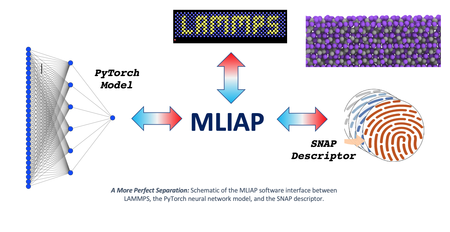
Magneto-Hydro Dynamics
Focus Area • The magnetohydrodynamics (MHD) model describes the dynamics of charged fluids in the presence of electromagnetic fields. MHD models are used to describe important phenomena in the natural world (e.g., solar flares, astrophysical magnetic field generation, Earth's magnetosphere interaction with the solar wind) and in technological applications (e.g., spacecraft propulsion, magnetically confined plasma...
Mark Alan Taylor
Staff Page • Computational Science. Biography Mark Taylor is a mathematician who specializes in numerical methods for parallel computing and geophysical flows. He currently serves as Chief Computational Scientist for the DOE's Energy Exascale Earth System Model (E3SM) project. He developed the Hamiltonian structure preserving formulation of the spectral element method used in...
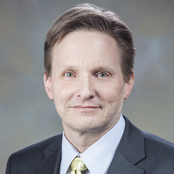
Mark Plagge
Staff Page • Postdoctoral Researcher. Biography Dr. Mark Plagge is a postdoctoral researcher in the Center for Computational Research at Sandia National Laboratories. With a background in high performance computing; modeling and simulations; and distributed systems, Mark is working to advance artificial intelligence and neuromorphic computing through AI model development, hardware accelerator simulations,...

Mathematical and Computational Tools for Predictive Simulation of Complex Coupled Systems Under Uncertainty
Award, July 20, 2010 • Invited Talk, Workshop on Uncertainty Quantification for Multiscale Systems.
Matthew Leon Curry
Staff Page • Scalable System Software. Biography I have a wide variety of research interests, mostly pertaining directly to data storage in supercomputing environments: Parallel and distributed storage systemsErasure coding and fault toleranceLow-level (block or object) storage devicesHeterogeneous computing (e.g., GPUs, accelerators) Education Ph.D. in Computer Science, University of Alabama at Birmingham, under...
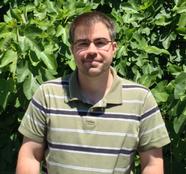
Mauro Perego
Staff Page • Scientific Machine Learning. Biography I'm interested in mathematical, numerical and computational treatment of Partial Differential Equations (PDE) that arise from various applications, PDE constrained optimization and recently in uncertainty quantification. My favorite numerical scheme for discretizing PDEs, and the one I'm mostly experienced with, is the Galerkin finite element method....
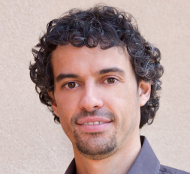
Member of the international scientific committee
Award, September 1, 2010 – June 10, 2011 • Society/professional leadership, 8th International Conference on Large Scale Scientific Computing, LSSC 11. Sozopol, Bulgaria
Member of the organizing committee
Award, February 1, 2010 – May 5, 2010 • Society/professional leadership, 2010 DOE Applied Math Program Meeting. Office of Science, DOE
Member of the Program Committee
Award, March 14, 2017 – August 29, 2017 • Society/professional leadership, COLOC Workshop.
Membership: National Research Council Standing Committee on Operational Science and Technology Options for Defeating Improvised Explosive Devices
Award, May 1, 2007 – February 10, 2011 • Advisory board, National Academies.
Memristor Simulator Aids Synthesis of Efficient Devices
News Article, May 1, 2016 • Denis Mamaluy (1425) and Xujiao (Suzey) Gao (1355) Memristors are variable resistors that can be adjusted, reversibly, by applied current. They are one of the strongest candidates to replace flash memory, and possibly DRAM and SRAM in the nearest future. Memristors also have a high potential as a beyond-CMOS technology...
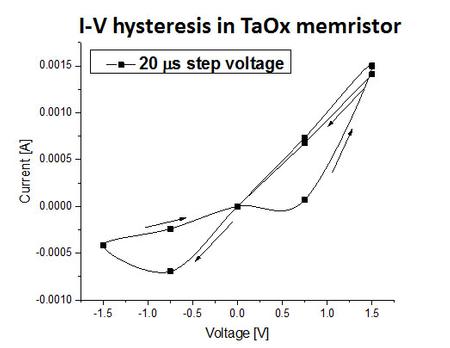
Mesquite
Project • MESQUITE is a linkable software library that applies a variety of node-movement algorithms to improve the quality and/or adapt a given mesh. Mesquite uses advanced smoothing and optimization to: Untangle meshes,Provide local size control,Improve angles, orthogonality, and skew,Increase minimum edge-lengths for increased time-steps,Improve mesh smoothness,Perform anisotropic smoothing,Improve surface meshes, adapt...
Results 251–275 of 482